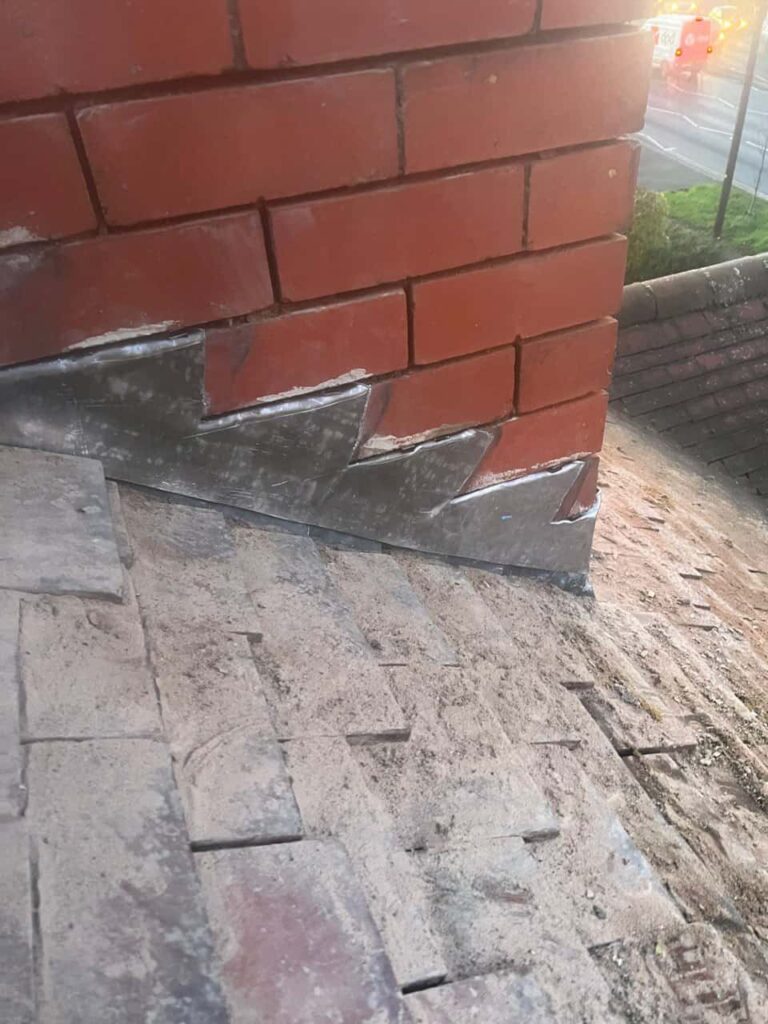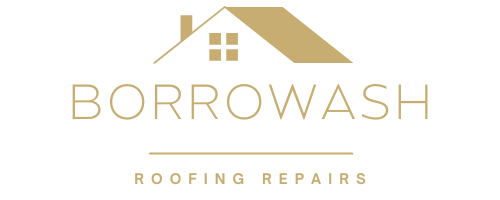Introduction: A hipped roof re-roofing project presents an excellent opportunity to protect your home from water damage and mould growth. With proper planning and execution, you can ensure that your new roof not only enhances the aesthetic appeal of your home but also provides long-lasting protection against moisture-related issues. At Borrowash Roofing Repairs, we understand the importance of preventing water damage and mould growth during hipped roof re-roofing, and we’re here to share some valuable tips to help you safeguard your home.
1. Start with a Thorough Inspection
Before beginning any re-roofing work, conducting a comprehensive inspection of your existing roof is essential to identify any areas of concern. Look for signs of water damage, such as leaks, stains, or rotting wood, and evidence of mould growth, such as musty odours or discoloured patches. Identifying and addressing these issues early on will help prevent them from worsening during re-roofing and ensure your new roof is built on a solid foundation.
2. Address Underlying Issues
During hipped roof re-roofing, take the opportunity to address any underlying issues that may contribute to water damage and mould growth. This includes repairing damaged or deteriorated roofing materials, sealing gaps and cracks, and reinforcing vulnerable areas such as valleys, flashing, and chimneys. By addressing these issues proactively, you can prevent water infiltration and mitigate the risk of moisture-related problems in the future.
3. Choose High-Quality Roofing Materials
When selecting roofing materials for your hipped roof re-roofing project, opt for high-quality products designed to withstand the elements and provide superior protection against water damage. Consider materials such as asphalt shingles, metal roofing, or synthetic tiles, which offer excellent durability and resistance to moisture penetration. Additionally, choose roofing materials with built-in features such as waterproof membranes or protective coatings to enhance their waterproofing capabilities and prolong their lifespan.
4. Ensure Proper Installation
Proper installation is critical to the effectiveness of your new roof in preventing water damage and mould growth. Hire experienced and reputable roofing professionals with the skills and expertise to install your new roof correctly. Ensure all roofing materials are installed according to manufacturer specifications and industry best practices, paying close attention to flashing, sealing, and ventilation details. A well-installed roof will provide reliable protection against water infiltration and minimise the risk of mould growth.
5. Implement Effective Ventilation
Proper ventilation is essential for maintaining a healthy and moisture-free attic space, which prevents mould growth and water damage. During hipped roof re-roofing, ensure adequate ventilation is installed to promote airflow and reduce humidity levels in the attic. This includes installing ridge vents, soffit vents, and attic fans to create a balanced ventilation system that circulates fresh air and expels stale air and moisture.
Conclusion: Preventing water damage and mould growth during hipped roof re-roofing requires careful planning, attention to detail, and using high-quality materials and professional installation techniques. By starting with a thorough inspection, addressing underlying issues, choosing high-quality roofing materials, ensuring proper installation, and implementing effective ventilation, homeowners can protect their homes from moisture-related problems and enjoy peace of mind knowing that their new roof will provide reliable protection for years.
Call us on: 01332 215 195
Click here to find out more about Borrowash Roofing Repairs
Click here to complete our contact form and see how we can help with your roofing needs.

